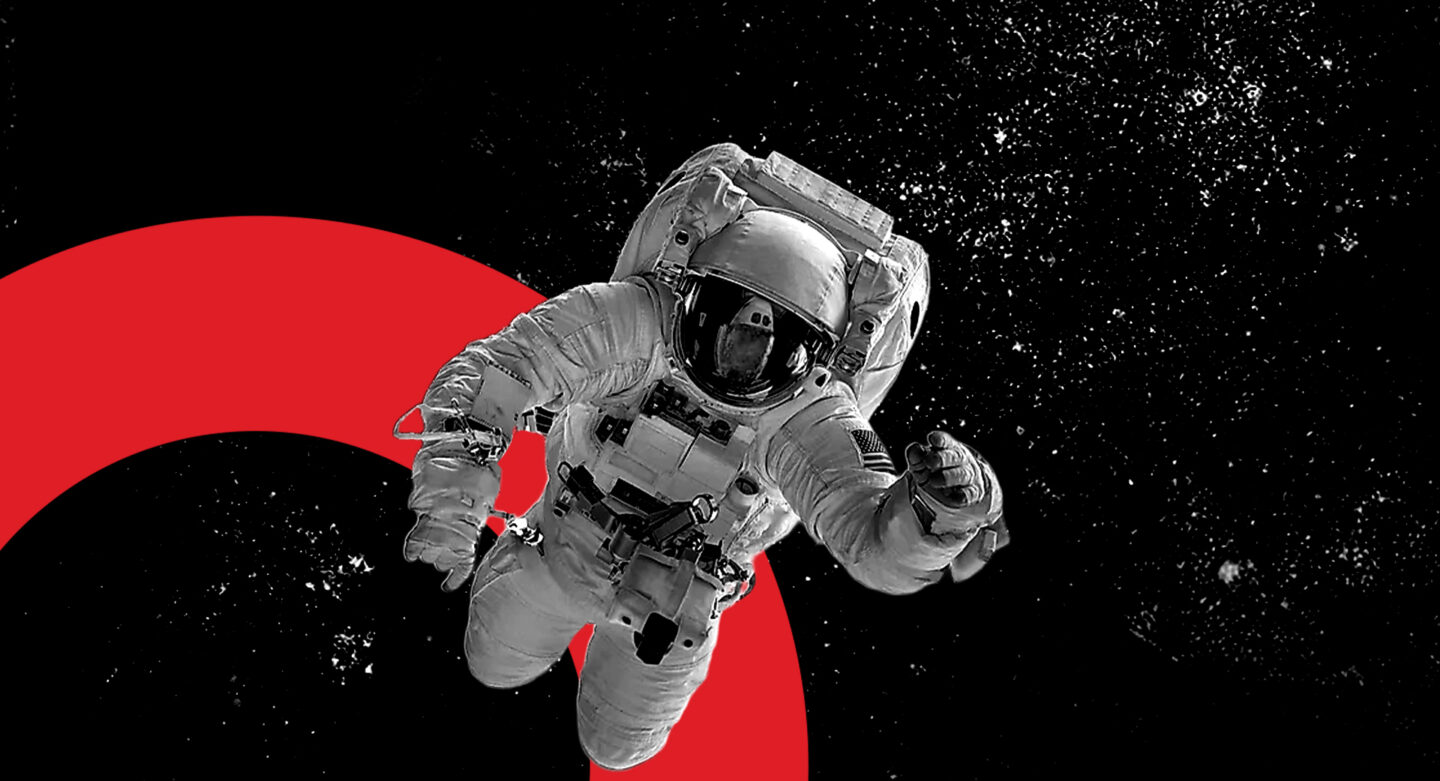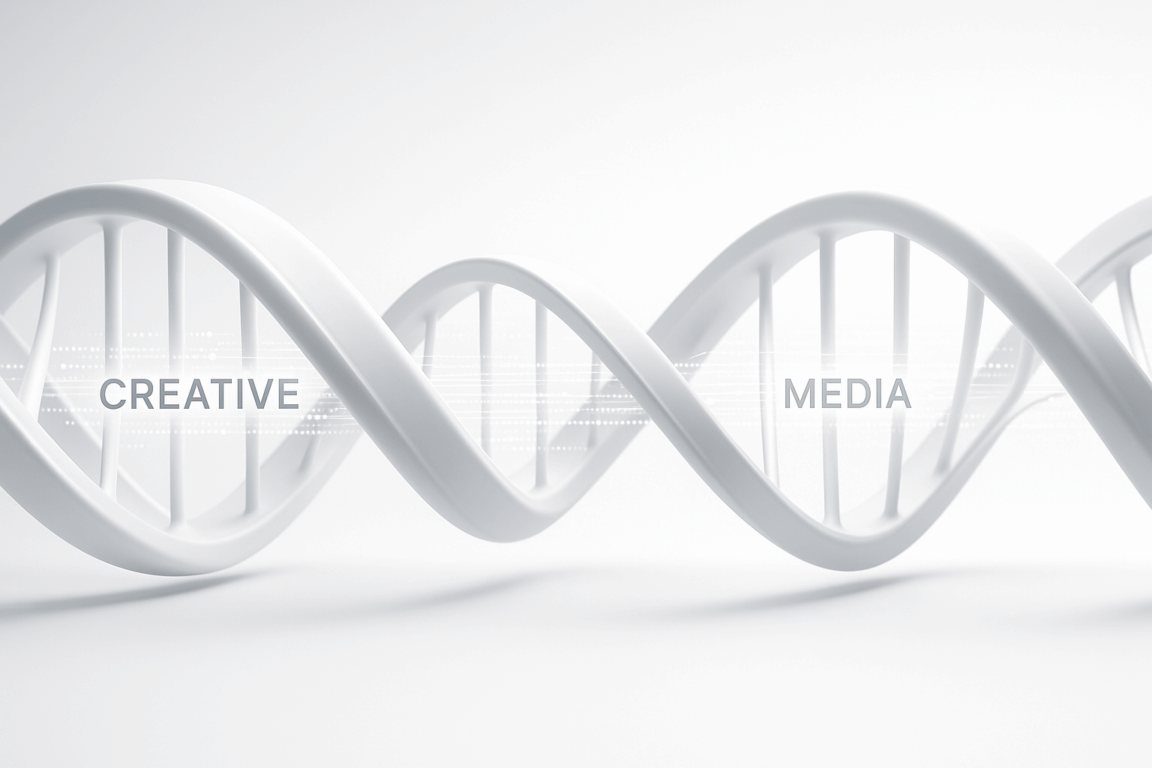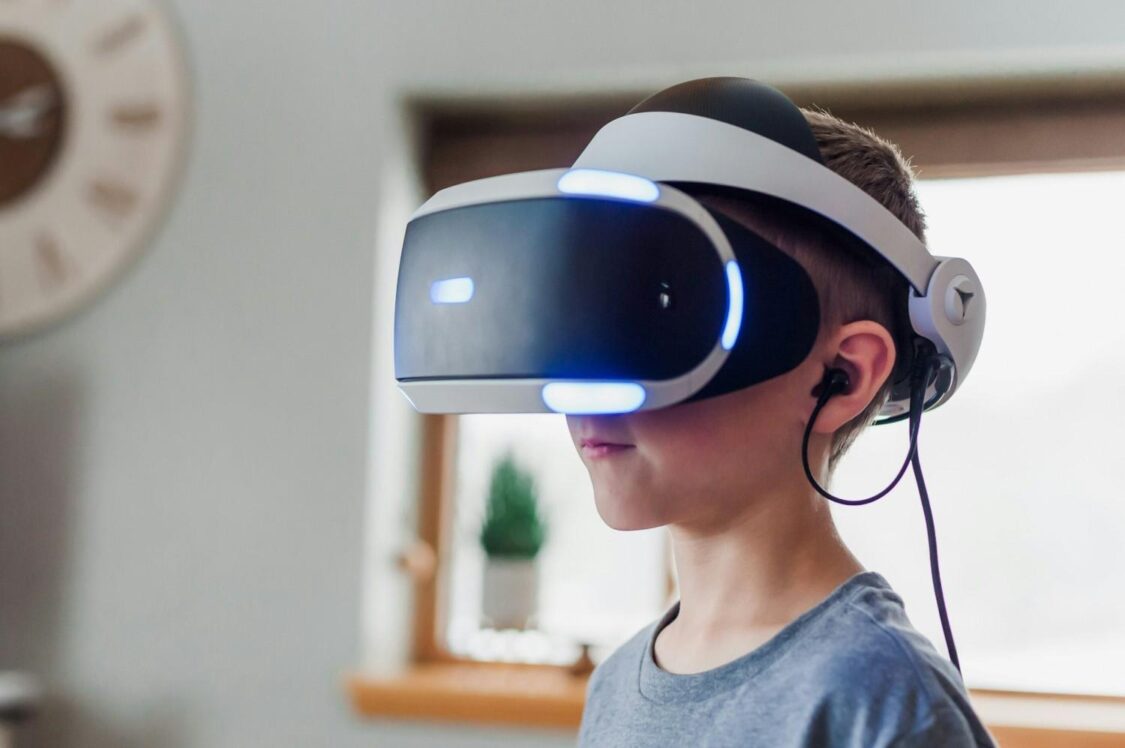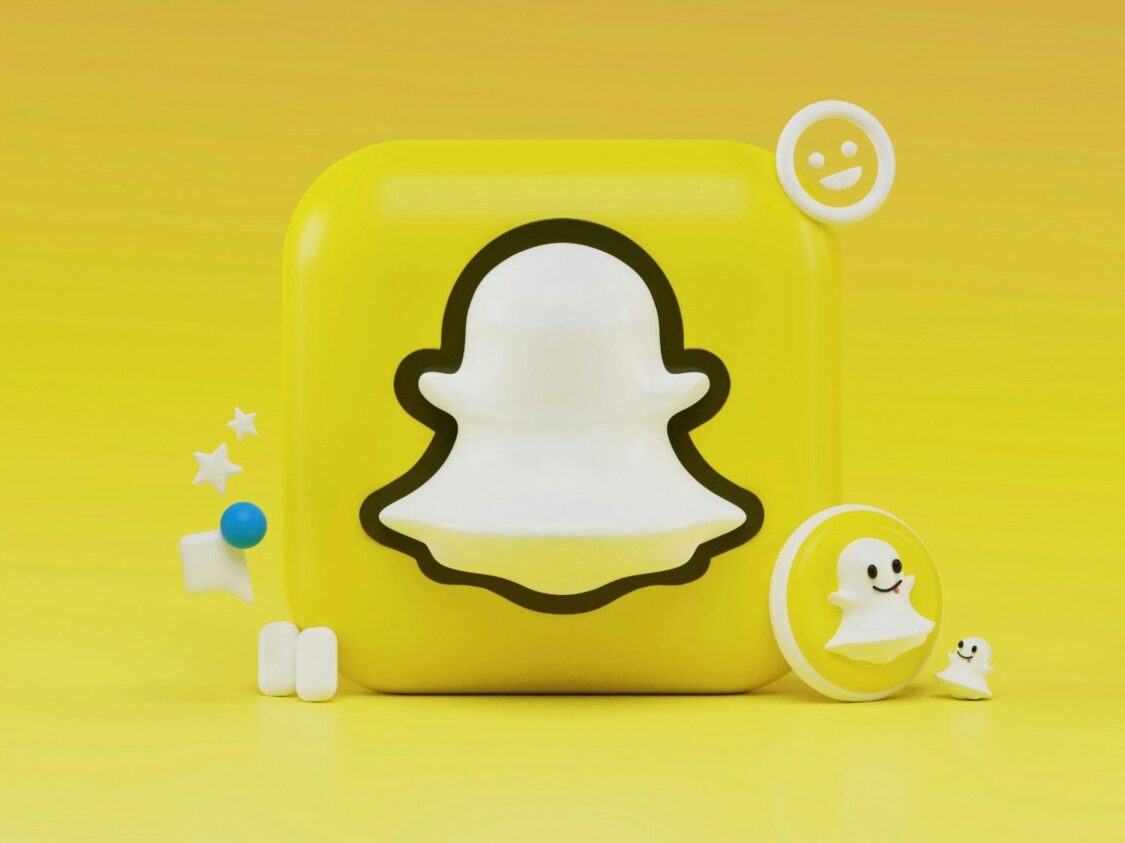Social Media Advertising: Brilliant Bargain or Over-priced Bubble?
14.06.2025Social ad budgets keep ballooning, yet in many organizations, leadership teams still debate whether those dollars are buying growth or just fueling the algorithm. We take a look at this and try to cut through the noise. We look at how hard-won data can be used against inflated platform promises, how to watch for the […]

Social ad budgets keep ballooning, yet in many organizations, leadership teams still debate whether those dollars are buying growth or just fueling the algorithm. We take a look at this and try to cut through the noise. We look at how hard-won data can be used against inflated platform promises, how to watch for the flags when your ROI might be heading in the wrong direction, and what practical guardrails can be put in place to ensure the power of social media in modern marketing is something your brand can rely on.
The only scoreboard that matters
Every marketer claims to be “data-driven”, yet too many dashboards glorify vanity counts. A credible audit of how well social ads work starts with three layers that build, quite literally, towards profit.
| Layer | Typical metrics | Business pay-off |
| Attention | View-through rate, cost-per-engaged-view, attentive seconds | Cheap but meaningful contact that seeds memory. |
| Action | Incremental add-to-cart, modelled revenue per visitor | Direct cash that lands in the P&L. |
| Memory | Ad recall, distinctive-asset salience | Long-run price elasticity and brand equity. |
The weighting is not egalitarian. Work done by the IPA Databank shows campaigns that nail Memory as well as Action double three-year profit growth compared with click-only efforts [IPA Databank, 2023]. If you recall plateaus, marginal ROAS falls off a cliff.
A quick story brings this to life. A July 2024 Meta split-test run by MOOD supplements pitted the brand’s existing cart-retargeting ads against a new set of short, founder-led Reels. Over a three-day post-launch window the new creative lifted account-wide ROAS by 122 percent, while lower-funnel campaigns jumped 341 percent. Crucially, the test proved that branded top-funnel video can outperform pure retargeting even when spend is held constant, evidence that strong Attention and Memory inputs can turbo-charge Action rather than cannibalize it.
Big numbers, small vision
Global outlay on social is forecast at 247 bn USD this year, up about 14 percent on a like-for-like currency basis [WARC, 2025]. Meanwhile, adults spend roughly 143 minutes scrolling feeds each day [DataReportal, 2024]. Numbers like these can seduce marketing teams into agreeing to buy cheap impressions at scale.
Yet Nielsen’s 2024 benchmark survey paints a subtler picture: average social ROI is indeed 36 percent higher than the all-media norm, but fewer than four in ten marketers can prove that figure across channels [Nielsen, 2024]. Until tagging, clean-room matching and consistent hold-out testing are normalized, many “wins” remain built on sand.
Digital is king, but profit still rules.
Digital already pulls in more than seven dollars of every ten in global media budgets [GroupM, 2024]. Even so, an April 2025 audit by Thinkbox and GroupM across 186 Australian campaigns revealed broadcast TV out-performing social video on both six-week sales lift and two-year brand share once auction inflation was priced in [Thinkbox & GroupM, 2025]. Social CPMs had risen 19 percent year on year, wiping out the volume advantage.
A pragmatic safeguard: fund social until marginal return drops below about 120 percent of working‐media cost, then move the overflow to the next most efficient channel. Spreadsheets love that logic, and it forces planners to treat social spend as an active investment, not a sunken cost.
Three incrementality traps
- Self-selection bias – heavy buyers cluster in your look-alike pools, inflating apparent lift.
- Last-click inflation – short look-back windows hand too much credit to social for multi-touch paths.
- Organic overlap – exposed users may have purchased anyway during promotion periods.
Randomised hold-outs inside each platform, validated by geo-split tests and media-mix modelling, are the antidote. Click paths are clues, not verdicts.
Sweet spots where social shines
- Rapid test-and-learn. Analytic Partners’ 2024 ROI Genome shows creative variants tested on TikTok or Meta can boost ROAS 15-40 percent once the best version is rolled out [Analytic Partners, 2024].
- Precision re-targeting. HubSpot’s latest State of Marketing report credits first-party retargeting with 5-25 percent incremental sales, provided the pixel fires cleanly [HubSpot, May 2025].
- Budget democratization. In many emerging markets, WARC still records sub-£3 CPMs, letting challenger brands punch above their weight [WARC, Q1 2024].
- Cultural hijacking. Remember Aldi UK’s #FreeCuthbert? The team spent about £5 k on paid support and banked 35 million organic impressions plus a trial-rate spike in April 2024 [Marketing Week, May 2024].
Handled with discipline, these pockets make social an asymmetric weapon in a broader marketing strategy.

When to keep your wallet shut
Social is a blunt instrument if you are targeting over-55s, running ultra-sensitive finance or health campaigns, or competing in auction spikes like Singles’ Day when CPMs soar beyond your gross margin. And once Apple’s privacy changes stripped deterministic targeting, many look-alike tools became educated guesses. If your brand relies on fine-grained segmentation, test whether cheaper context, radio, connected TV, even printed catalogues, deliver cleaner reach… or you’re left running broad reach campaigns and have to trust the meta algorithm to make the right choices.
The commerce toll-gate
Seventeen percent of surveyed consumers now buy without leaving the social app, while a quarter claim to purchase after an influencer recommendation [8]. Brilliant, but platforms charge their own tax. A quick calculation:
| Platform fee | Initial gross margin 40 % | Effective margin |
| 3 % | 37 % | Feasible |
| 5 % | 35 % | Tight |
| 8 % | 32 % | Often unacceptable |
If your category lives on slim margins, those fees can sink the economics even before ad spend enters the model.
Volatility and budget agility
Think of platforms as volatile equities, not fixed bonds. Reuters expects X (formerly Twitter) to return to 2.26 bn USD in ad revenue this year after a rocky stretch [Reuters, Feb 2025]. Meta is piloting generative-video ad units; TikTok is flirting with 15-minute uploads. Audiences migrate monthly. Marketing teams that want to gain unfair advantage over their competitors need to earmark roughly 30 percent of social funds for experiments that can be redeployed within 48 hours, turning volatility into optionality.
This agility matters because it lets marketers harness the power of social media in modern marketing – rapid feedback loops at a global scale – without being trapped by any single platform’s fate.
Four fast-moving trends and practical guardrails
- AI-generated creative – Kantar LINK AI tests show fully templated ads lose about 11 percent branded impact versus human concepting [Kantar, Nov 2024]. If your pre-test distinctiveness score drops by double-digits, bring humans back in.
- Closed-loop attribution – Retail media giants now demand SKU-level proof. Buy social inventory only when the Conversion API feeds pipe clean data into your warehouse.
- Attention economics – Lumen eye-tracking studies confirm that two seconds of genuine gaze is a sensible cutoff for recall [Lumen Research, 2024]. Pause placements that miss the mark for two consecutive days.
- Regulated trust – New disclosure laws in the EU and Australia mean hidden influencer ads can trigger fines. Withhold 10 percent of creator fees until compliance evidence lands in your inbox.
These rules help preserve the strength of social media in a modern mix while protecting marketing budgets.
Creative makes the money go further
Media space is just potential energy. Ads that people actually notice, and later remember, turn that potential into kinetic value. Three habits are proven winners:
- Ownable audio. Ipsos research indicates a distinctive sonic logo lifts recall eight points [Ipsos, Mar 2024].
- Early branding. Meta split-tests suggest a logo in the first two seconds raises recall by 23 percent.
- Rhythmic sequencing. Story–Feed–Reel cascades deliver 18 percent more cumulative reach than single-format bursts, especially for vertical video assets [Meta Marketing Science, 2025].
In practice: Pair tight media guardrails with memorable creative to keep the Memory layer healthy and slow down ROI decay.
A more human reallocation trigger
Here is a three-step routine our agency uses:
- Every Wednesday, the performance pod checks average CPM and attentive seconds across campaigns.
- If CPM climbs above $12 or attention dips under two seconds, they run an elasticity scenario in the mix model.
- Within five working days, spend shifts to TV, programmatic audio or high-impact OOH if those channels show at least 1.2× ROAS.
Because the rules are pre-agreed, nobody panics when money moves. The team sees predictable guardrails; creatives focus on ideas rather than turf wars.
Removing organisational drag
Three organisational tweaks make a bigger difference than any new bidding algorithm:
- Cross-functional growth pods – one budget, shared Marketing Budget / P&L, faster decisions.
- Quarterly re-scope clauses – swap annual retainers for reviews that tie agency scope to performance thresholds.
- Pre-approved data templates – legal signs off once, experiments roll out ten times faster.
A brief word on vendor halo
Platform-funded “lift” studies are helpful diagnostics yet hardly gold-standard science. System1’s creative-effectiveness database shows plenty of shiny AI-templated ads stuck at a one-star rating, the bottom quintile for long-term brand growth [System1 Group, Q4 2024]. Always back-check uplift claims with an external mix model or geo-split before shifting serious capital.
Why bother with social at all?
If anyone still asks why social marketing is important, remember this: people care desperately what other people think. Social platforms harness three psychological levers:
- Social proof – visible likes, shares, and comments.
- Conversational intimacy – customers can chat with a brand in public, and everyone sees the answer.
- Algorithmic amplification – strong content earns organic reach, effectively free media.
Longitudinal IPA work shows campaigns combining broadcast-scale channels with paid social generate 45 percent of their total impact by pushing other media harder, not by working solo [DataReportal, 2024]. Synergy, not siloed optimization, drives growth.
So, bargain or bubble?
We treat every dollar in social media as a hypothesis. Define the behavioral outcome, run a controlled test, correct for incrementality bias, subtract platform fees, then measure profit.
When the three-layer scoreboard lights up, social media can outrun legacy media and compound brand value. When it does not, pivot fast; audiences will not notice the switch, and your ELT will cheer.
Measure hard. Learn fast. Invest smart, that is how you answer the question: is social media the best way to advertise?









